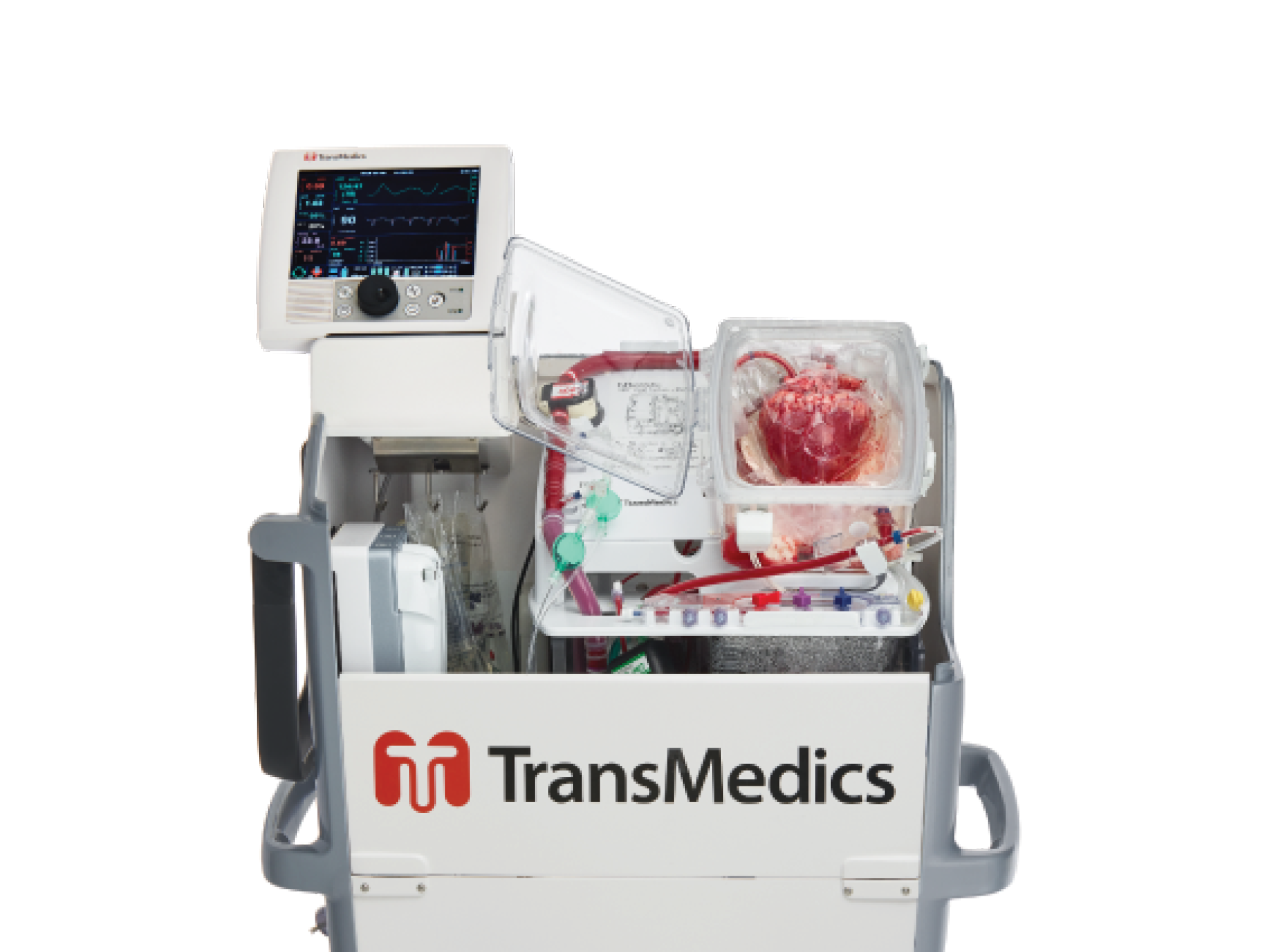
2 minute read
Organ Perfusion Pumps: Expanding Donation Possibilities
With MTN Organ Recovery Specialist Ryan Schmidt
The possibility of organ donation and transplantation has often been limited by geographic areas and time restrictions. Heart and lung transplants were previously confined by the distance from the donor hospital to the transplant center where the intended recipient waited. A traditional four-hour maximum from the recovery, packaging, travel and then perfusion of the organ in the recipient precluded lengthy travel.
Advertisement
Today, this is no longer a factor. Kidney pumps have been in use since the 1970s. Normothermic lung pumps emerged around 2012 and have enabled centers from coast to coast to consider donors much farther than previously possible. Within the last three years, heart and liver pumps that have been approved for use by the Food and Drug Administration have expanded the opportunity to recover and transplant these organs where previously not feasible.
Ryan Schmidt, CPTC, CTP, one of MTN’s two Surgical Organ Recovery Specialists, explained that transplant recovery teams will notify hospital ORs in advance if they are bringing a perfusion pump of any kind. Lung and heart pumps may increase OR times by 30 minutes, and liver pumps may need an additional hour of OR time. Additionally, Schmidt shared that when pump use is planned, recovery teams are likely to bring two additional staff members to oversee perfusion and the technical management of the equipment. He recommends these recoveries occur in the largest-available OR suite.
The organ procurement field continues to see incredible scientific advances that expand transplantation possibilities. Schmidt said the most exciting thing he’s seeing in the OR is that “normothermic pumps have eliminated timeframes that previously limited transplant centers at farther distances from accepting and recovering hearts, lungs and livers.”










